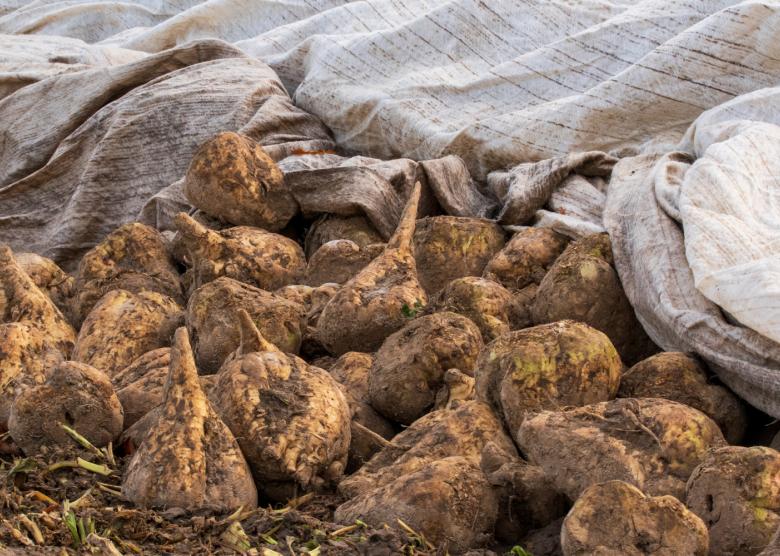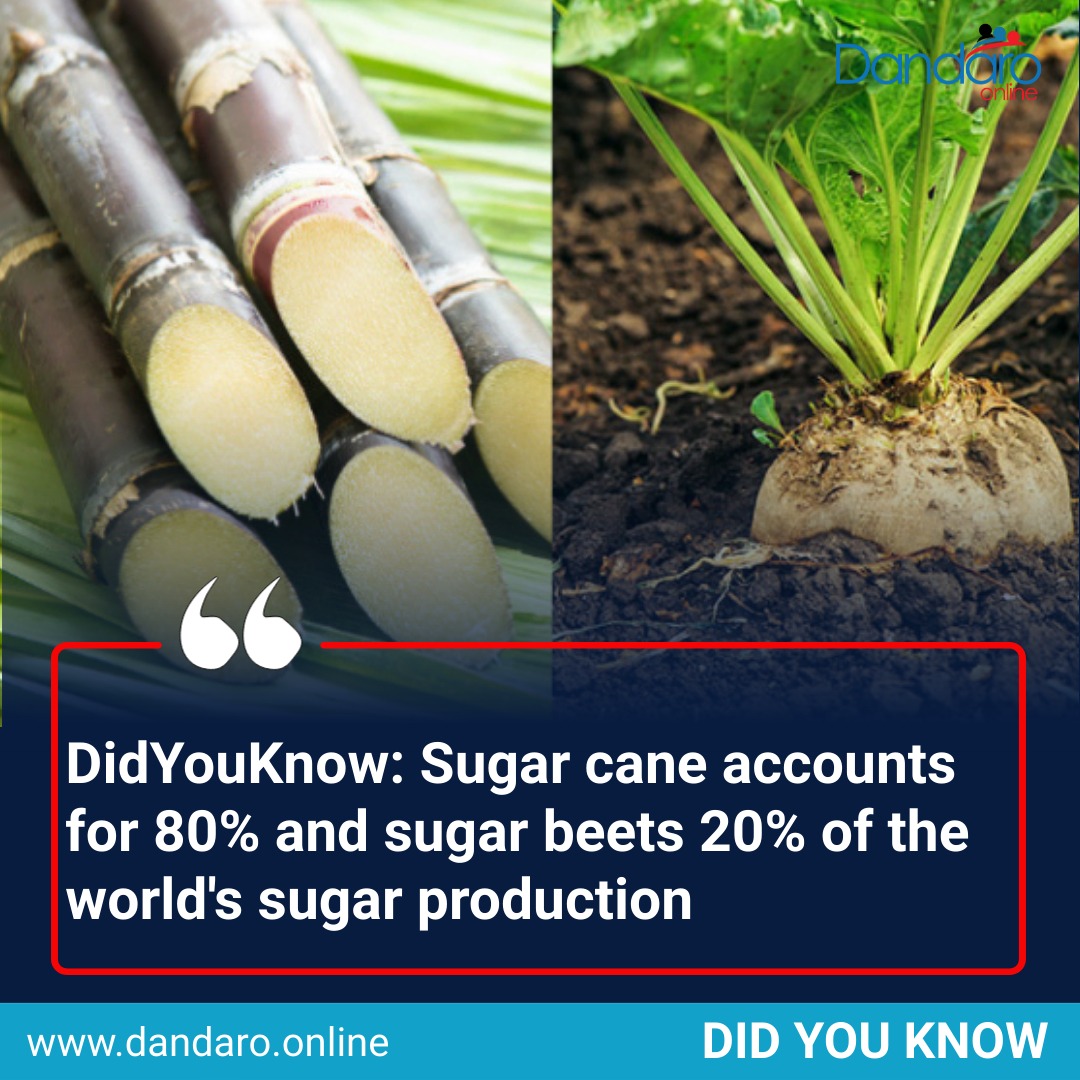The Excellent Dispute: Beetroot Sugar Vs Cane and Their Effect On Health And Wellness
The ongoing dispute surrounding beetroot sugar and walking stick sugar increases essential inquiries concerning their corresponding wellness effects and broader implications for consumer selections. While both sweeteners share a comparable chemical structure, their origins and processing methods might influence not only nourishment yet likewise ecological sustainability. As health-conscious individuals weigh the benefits of each choice, the implications of chemical direct exposure and agricultural techniques enter into emphasis. This discussion welcomes us to consider not just the sweet taste we select, but the far-ranging results of those choices on our wellness and the planet. What might this imply for future consumption patterns?
Review of Sugar Sources
Sugar, an extensively eaten sugar, largely originates from two primary sources: sugar beets and sugar walking cane. Sugar walking stick flourishes in tropical and subtropical climates, with major manufacturers consisting of Brazil, India, and China.
Alternatively, sugar beetroots are mostly grown in pleasant areas, with considerable manufacturing in countries such as the United States, France, and Germany. The beets are harvested from the ground, sliced, and subjected to a process that converts the drawn out juice right into granulated sugar. While both sugar sources inevitably produce sucrose, their farming techniques, processing techniques, and geographic circulations differ noticeably.
These differences can affect not just the environmental influence of sugar production however also the financial elements of sugar pricing and trade. Comprehending the beginnings of these sugar is important for policymakers and customers alike, as it lays the foundation for notified discussions concerning their wellness effects and sustainability.
Nutritional Comparison
When examining the nutritional accounts of beet sugar and walking stick sugar, both resources share a similar structure as they primarily consist of sucrose. Sucrose is a disaccharide, composed of sugar and fructose, and is accountable for the sweet taste associated with both sugars. The refining procedures for both beetroot and walking cane sugar yield items that are primarily pure sucrose, with minimal traces of vitamins, minerals, or other nutrients.
In regards to calorie web content, both beet and walking stick sugars provide approximately 4 calories per gram. Neither kind of sugar provides significant dietary benefits past power provision, as they lack essential vitamins or minerals. Nevertheless, the visibility of micronutrient, such as potassium, magnesium, and calcium, can differ a little between the two, mostly due to the agricultural techniques and dirt problems in which they are expanded.
Additionally, the glycemic index values of beet sugar and cane sugar are equivalent, suggesting similar impacts on blood sugar degrees. Generally, from a nutritional standpoint, beet and cane sugars are functionally equivalent, contributing primarily to caloric intake without providing considerable health and wellness advantages over each other.
Wellness Effects
The health and wellness ramifications of consuming beet sugar and walking stick sugar warrant cautious consideration, particularly given the rising prevalence of sugar-related health and wellness problems. Both sorts of sugar contribute comparable caloric values and can result in enhanced risks of obesity, type 2 diabetes mellitus, and cardio illness when consumed over. The body metabolizes both sugars into sugar, which can cause spikes in blood sugar degrees, causing insulin resistance in time.
While there is recurring dispute concerning the glycemic index of these sugars, researches recommend that both can adversely influence metabolic health and wellness if consumed in huge quantities. beet sugar vs cane. In addition, the prospective visibility of pollutants in beet sugar, such as chemicals from conventional farming methods, elevates further health concerns. Conversely, walking cane sugar, specifically when minimally refined, might use a slightly a lot more beneficial account because of its natural state
Furthermore, the usage of added sugars, despite the source, is linked to negative health results, including oral concerns and fatty liver disease. Moderation is crucial, and individuals must be mindful of their total sugar intake from all sources, inevitably prioritizing entire foods over added sugars for optimal health outcomes.
Environmental Influence
Understanding the health effects of beet and walking stick sugar likewise brings about an examination of their environmental impact, which can substantially affect farming sustainability and ecological balance. Both sugar resources have distinct environmental footprints, shaped by their growing methods and geographical demands.

In contrast, beet sugar is commonly grown in pleasant environments and frequently includes varied plant turnings. This method can boost dirt health and decrease reliance on chemical inputs. However, intensive beet farming can additionally lead to nutrient depletion and insect pressures otherwise taken care of sustainably.
Both sugar kinds existing obstacles and possibilities for environmental stewardship. Advertising lasting agricultural practices and responsible sourcing can mitigate their impacts, making certain that sugar production aligns with ecological preservation and lasting food security.
Consumer Preferences
In the middle of expanding recognition of wellness and ecological issues, consumer preferences for sugar kinds are progressively influenced by perceptions of wellness benefits, sustainability, and honest sourcing. Beet sugar and walking cane sugar each present distinct characteristics that interest various customer demographics.
Health-conscious consumers frequently scrutinize the dietary profiles of these sugars, seeking options perceived as much less processed or even more natural. Cane sugar, frequently considered the conventional sweetener, is often favored for its regarded pureness and simpleness. In contrast, beet sugar, which is often originated from genetically changed plants, encounters uncertainty among those worried about GMOs.
Sustainability is an additional substantial element affecting consumer selections. As understanding of farming techniques grows, several consumers choose items that line up with ecologically friendly farming approaches. Cane sugar production, specifically when sourced from sustainable farms, can appeal to eco-conscious purchasers.
Moral sourcing plays an important duty as well, with consumers their website increasingly favoring items that sustain reasonable top article labor practices. Qualifications such as Fair Trade can enhance the appearance of walking cane sugar on the market. Inevitably, customer preferences are formed by an intricate interplay of health, ecological, and moral factors to consider, driving need for both beetroot and cane sugars in diverse markets.
Final Thought
In verdict, the debate between beetroot sugar and walking cane sugar encompasses various elements, consisting of dietary accounts, health and wellness effects, and ecological consequences. beet sugar vs cane. While both sugars primarily consist of sucrose and exhibit similar caloric web content, problems concerning pesticide use in beet sugar and the environmental impact of walking stick sugar monoculture warrant cautious factor to consider. As customers significantly prioritize sustainability and health, educated options relating to sugar intake come to be vital in promoting overall wellness and ecological stewardship

 Mr. T Then & Now!
Mr. T Then & Now! Michael Bower Then & Now!
Michael Bower Then & Now! Danny Pintauro Then & Now!
Danny Pintauro Then & Now! Mason Reese Then & Now!
Mason Reese Then & Now! Tina Louise Then & Now!
Tina Louise Then & Now!